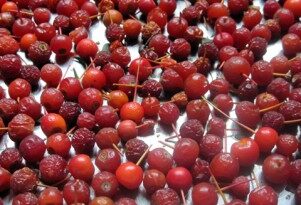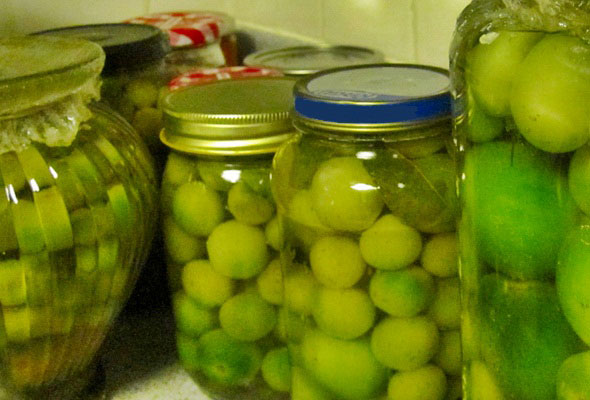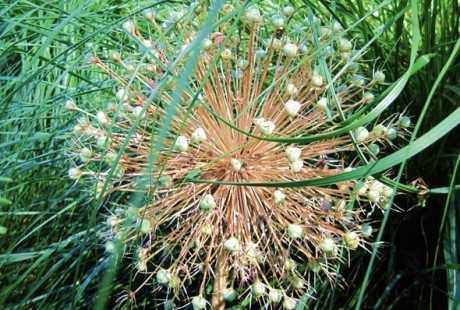the other begonia
This is what I love about gardening, there is always something new and exciting to learn! I got this plant expecting it to perform like the tuberous begonias I’m used to. The latter are rightfully called the roses of the shade because of their large, full and lush flowers that last and last… I didn’t know why this particular plant didn’t bloom over the summer, so I blamed my predicament on the heavy soil or diminished sun exposure and hoped to see flowers next year in a different location.
It turns out this is not a tuberous begonia, but a rhizomatous begonia. What’s the difference? The master gardener will of course point out that the nomenclature variance all but screams the former grow from tubers and the latter grow from rhizomes, but these are the kind of details a starry eyed green thumb tends to overlook.
They look the same, they grow the same, but tuberous begonias love the warm temperature range, which is why they bloom in summer and go dormant in winter, while rhizomatous begonias love the cool temperature range, which is why they rest in summer and bloom in winter. What an extraordinary strike of luck that I decided to pot it and bring it indoors at the last minute, right before the first killing frost!
Rhizomatous begonias are tropical plants, like cyclamens, and need the same climate zones, ten and above, to thrive, but unlike the cyclamens, begonias use the summer and fall for active growth; this explains why my unfussy and easy to grow plant displayed stunning black foliage amidst the burgundy and amber coral bells from May till October.
Their flowers appear in late winter and early spring, in delicate sprays, rosy and speckled with red dots, and the blossoms bear no resemblance to those of their showy summer cousins’.
Just in case you decide to add this pretty plant to your winter garden, a few things about its likes and dislikes: only water when the soil dries up, plant in a shallow pot, preferably a clay one, keep foliage away from direct sunshine, but provide bright indirect light. It likes cool temperatures, between sixty and seventy degrees, and slows its growth at the beginning of winter, when feeding is not recommended. During the growing season it benefits from a good all purpose fertilizer.
I think this variety is called “Cleopatra”, but I could be mistaken, there are so many black leaved begonias! They can be propagated just like irises and bleeding hearts, by breaking off and replanting small pieces of their rhizomes when they surface and start growing new foliage.




 Previous Post
Previous Post Next Post
Next Post




